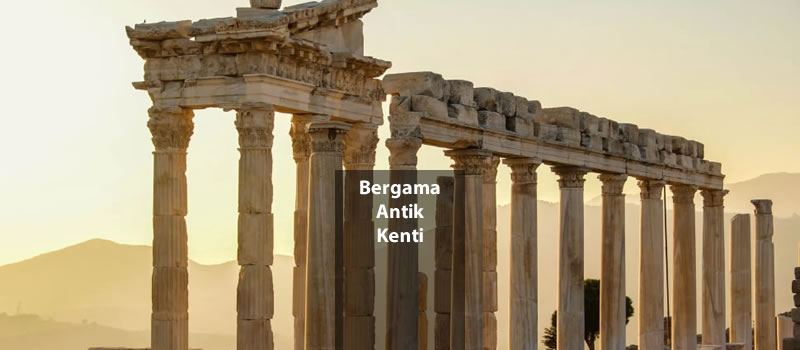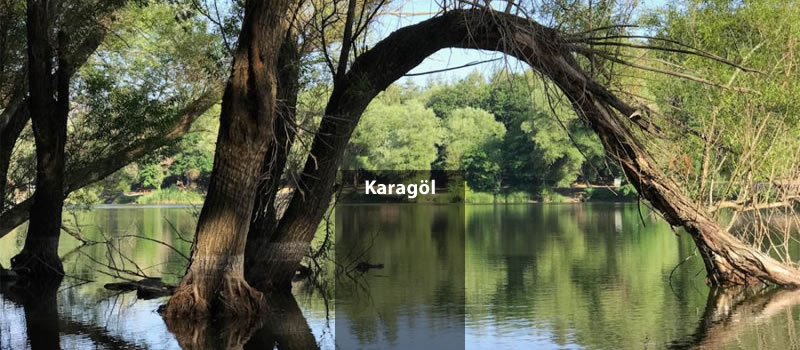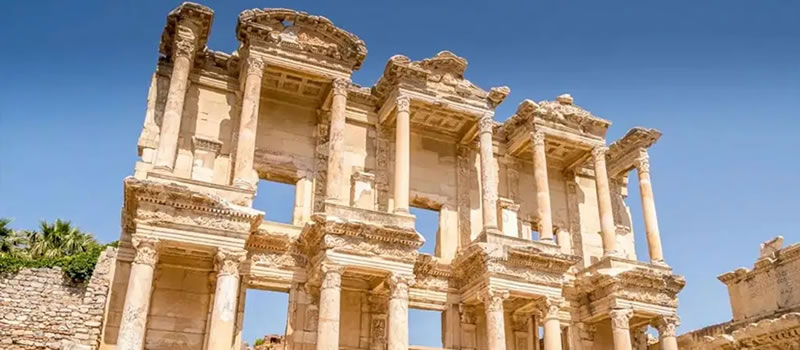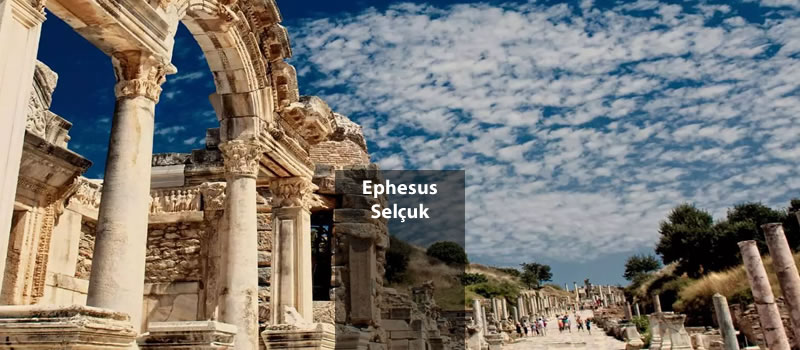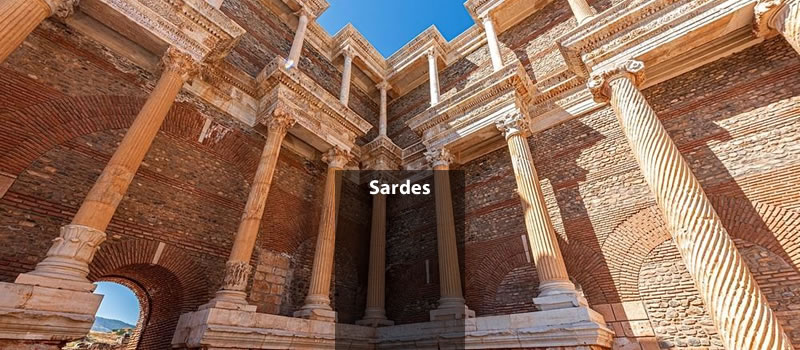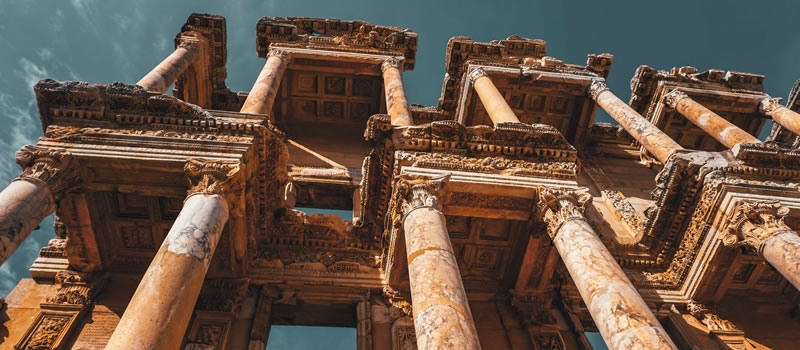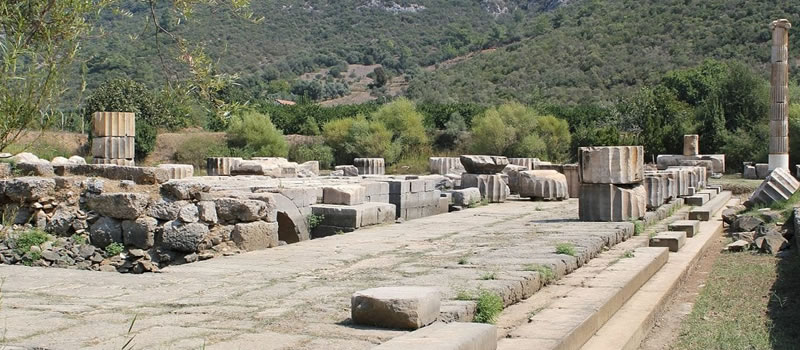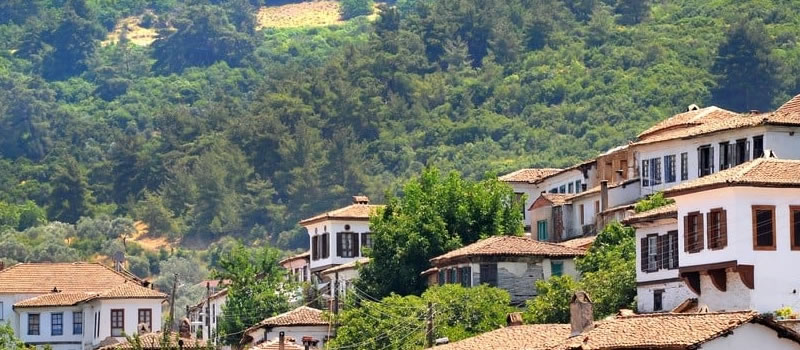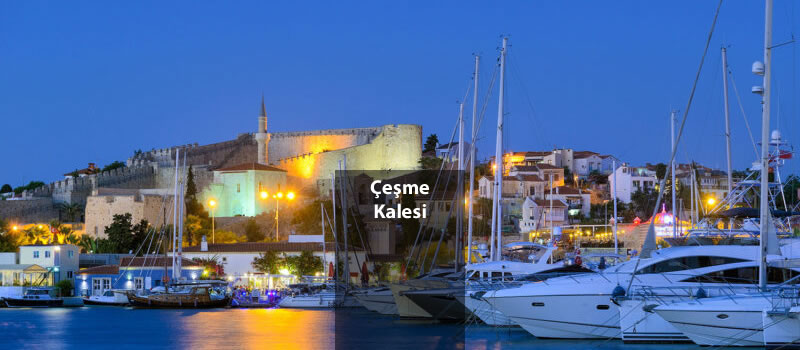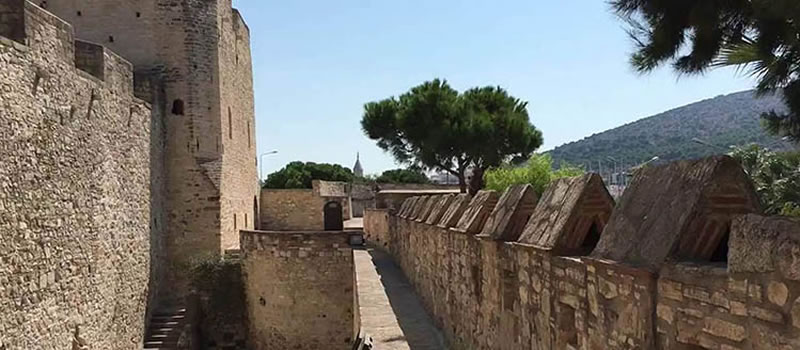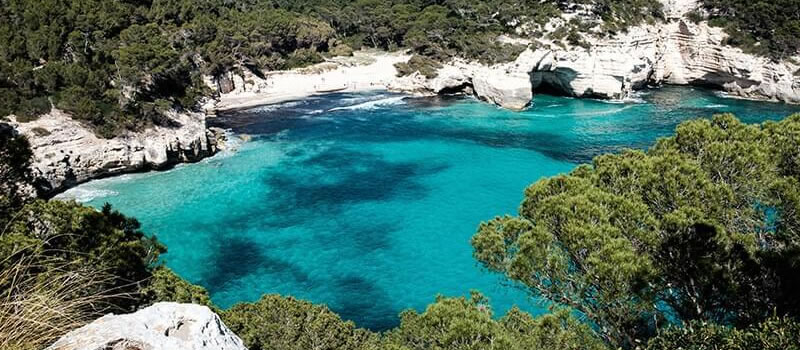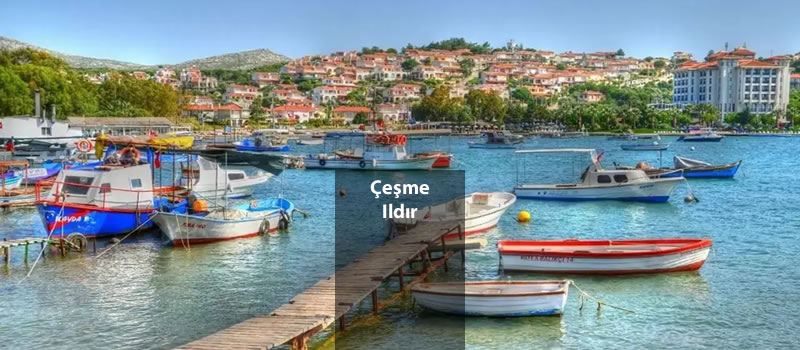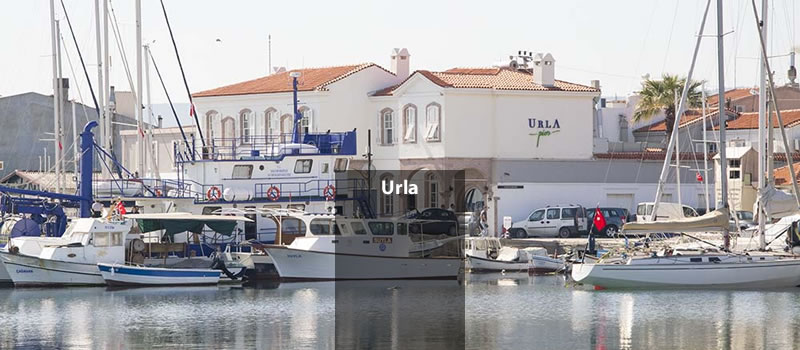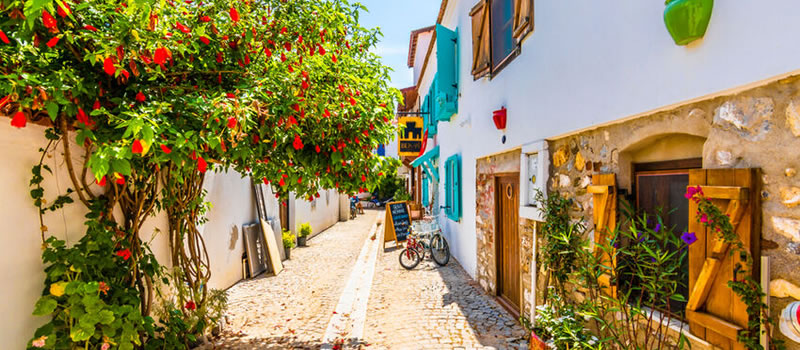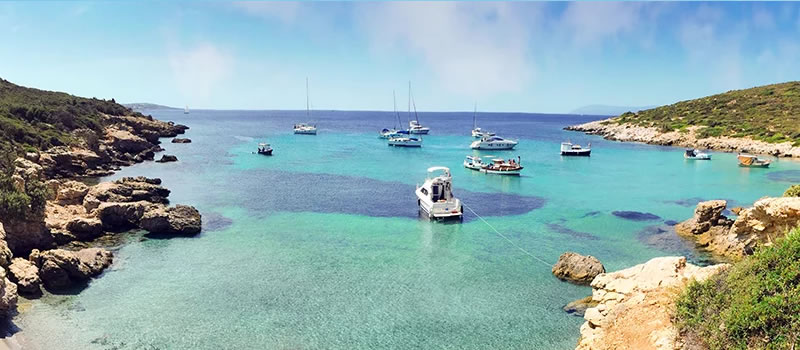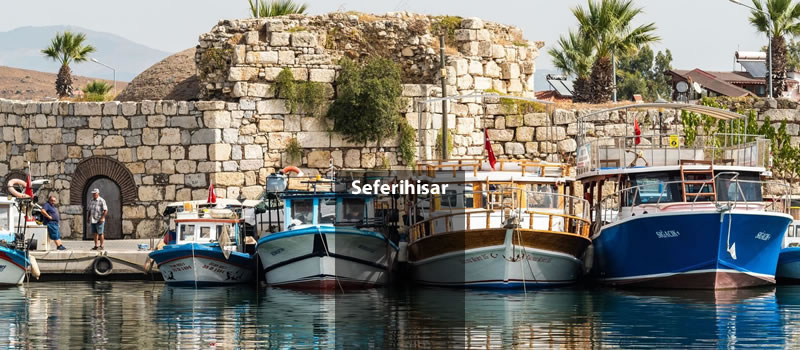Zeus Altar and Historical Riches
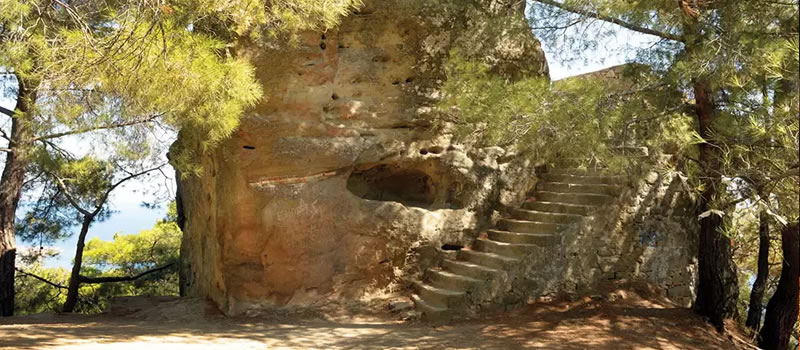
Exploring the Magnificent Pergamon Temple
Bergama Ancient City:
Located approximately 120 kilometers west of Izmir in Turkey, Bergama, known as Pergamon in ancient times, stood out as a major center of culture and science during the Hellenistic period. This ancient city, the capital of the Kingdom of Pergamon in the 3rd century BCE, is renowned for its grand library, theater, and monumental structures. Pergamon continued to hold significance during the Roman Empire.
Zeus Altar (Pergamon Temple):
The most famous structure of Pergamon, the Zeus Altar, was constructed in the 2nd century BCE by II. Attalos, the ruler of the Kingdom of Pergamon. This colossal temple dedicated to Zeus was considered one of the Seven Wonders of the ancient world. Perched on a high terrace, the temple was built in the Doric order and boasted impressive architecture.
Architectural Features:
The Pergamon Temple was constructed in the Ionic style and spread across a vast area. The temple rises above a terrace reached by a grand staircase. With its two-tiered façade adorned with friezes and decorations, the temple is particularly striking. Decorated with statues of Zeus and Athena, the temple held great religious and cultural importance in the ancient world.
Archaeological Excavations and Museum:
The Bergama Ancient City has been unearthed through archaeological excavations conducted over time. The artifacts discovered in these excavations are exhibited in the Bergama Museum. The museum houses numerous relics from the ancient period, providing visitors with an opportunity to explore the rich history of Pergamon.


